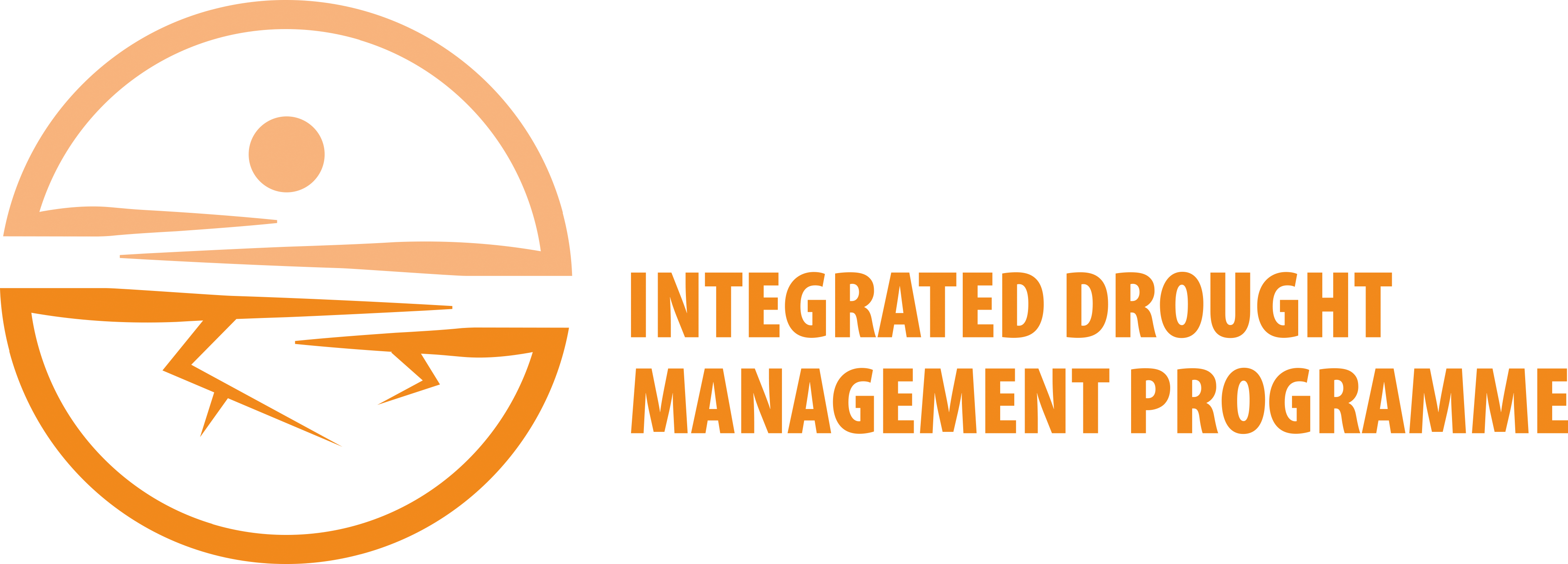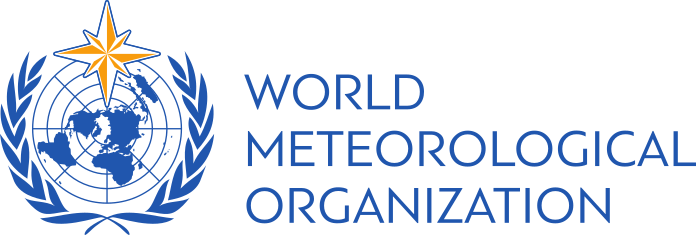We are excited to announce the launch of the publication “Baseline Assessment of Drought Impact Monitoring (WMO-No. 1355)” under the banner of the Integrated Drought Management Programme (IDMP) – joint programme of the World Meteorological Organization (WMO) and the Global Water Partnership (GWP). The report aims to address a critical gap: the lack of consolidated guidance on how to track and assess the wide-ranging impacts of drought.
The report:
- Presents a comprehensive global overview of current drought impact monitoring practices.
- Highlights case studies from diverse geographic and institutional contexts – regional, basin-level, national, and sector-specific.
- Identifies good practices and enabling conditions for effective monitoring.
- Lays the groundwork for operational guidelines to support countries in establishing or refining their own monitoring systems.
The unique challenges of drought monitoring
Droughts are among the most devastating natural hazards, with long-lasting effects on human health, food security, ecosystems, and biodiversity. Between 1970 to 2019, droughts caused over 700,000 deaths – the majority in Africa – disproportionately affecting women and girls.
These figures underscore the urgent need to improve drought monitoring, which is essential for three key reasons:
- To better understand vulnerability and build drought resilience.
- To enable timely and targeted relief interventions to support affected communities.
- To advance science and policy addressing the drivers of drought vulnerability.
However, unlike fast-onset disasters such as floods or tropical cyclones, the collection of drought impact data is more complex for several reasons. Drought impacts are often indirect, can occur far away from the location of the actual drought, and can last long-term. Also, there is no uniform approach to defining the onset and the end of a drought, and overlapping causes make attribution of impacts to drought alone difficult.
Key recommendations from the report
To improve drought impact monitoring globally, the report offers the following guiding practices:
- Institutionalize and coordinate drought impact monitoring by embedding it in national frameworks.
- Use diverse data sources, combining quantitative tools (like remote sensing) with qualitative inputs (like surveys and local knowledge).
- Promote cross-sector collaboration across government agencies, NGOs, and local stakeholders to address multi-dimensional impacts.
- Improve data accessibility and usability through open databases and tools for planners and decision-makers.
- Tailor systems to local needs by adapting methods, building capacity, and developing context-specific guidelines.
Despite encouraging examples, such practices are still not the norm, and the report emphasizes the need to make them more systematic and widespread.



